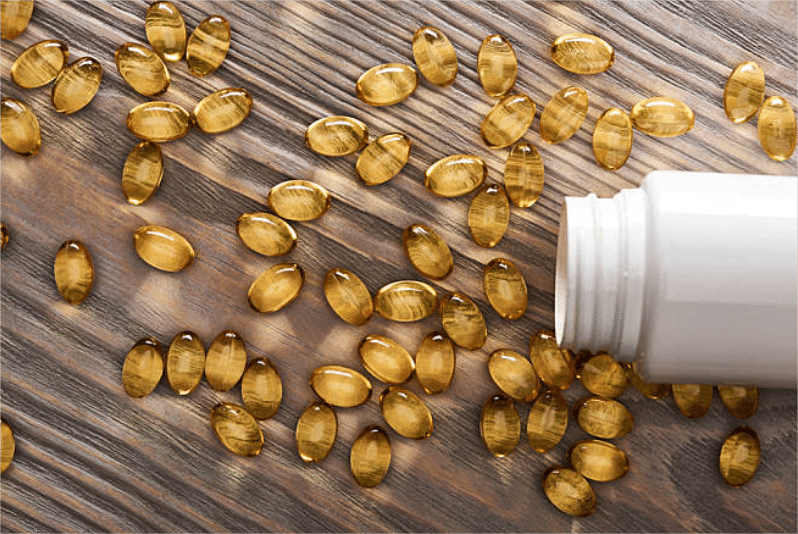Introduction
Glucosamine and pea protein are popular supplements catering to different health needs. While glucosamine is primarily known for its benefits in joint health, pea protein is a valuable plant-based protein source. This article will explore the characteristics, advantages, sources, and uses of glucosamine and pea protein, clearly understanding how they differ and complement each other in a health-focused diet.
What is Glucosamine?
Glucosamine is a naturally occurring compound in the body, particularly in cartilage and cushion joints. It is an amino sugar that plays a vital role in maintaining joint health. It is commonly used as a dietary supplement for individuals experiencing joint pain or osteoarthritis.
Forms of Glucosamine
There are several forms of glucosamine available:
– Glucosamine Sulfate: The most researched and commonly used form, often derived from shellfish. It is believed to be effective in supporting joint health.
– Glucosamine Hydrochloride: Another less studied form that is still widely available.
– N-acetyl Glucosamine (NAG): A derivative often found in skincare products due to its hydrating properties.
Benefits of Glucosamine
- Joint Health: Glucosamine is best known for alleviating osteoarthritis symptoms, reducing pain, and improving joint function.
- Cartilage Repair: It may stimulate cartilage production, which benefits athletes or those recovering from joint injuries.
- Anti-Inflammatory Properties: Some studies suggest that glucosamine can help reduce joint inflammation, providing additional relief from pain and discomfort.
- Overall Mobility: Many users report enhanced flexibility and mobility after incorporating glucosamine into their routine.
Sources of Glucosamine
Glucosamine is primarily sourced from shellfish, including shrimp, crab, and lobster. However, for those with shellfish allergies or following a vegetarian or vegan lifestyle, synthetic glucosamine supplements are available.
What is Pea Protein?
Pea protein is a high-quality protein derived from yellow split peas. It is a popular plant-based protein option, particularly among vegans, vegetarians, and those looking to reduce their meat consumption. Pea protein is rich in essential amino acids, making it a valuable addition to a balanced diet.
Nutritional Profile of Pea Protein
Pea protein typically contains:
– Protein: Approximately 80-90% protein content, making it an excellent source of plant protein.
– Essential Amino Acids: It contains a good range of essential amino acids, though it is lower in methionine than animal proteins.
– Vitamins and Minerals: Provides vitamins like B6, iron, and magnesium, contributing to overall health.
Benefits of Pea Protein
- Muscle Building: Pea protein is an effective source of protein for muscle building and recovery, making it popular among athletes and fitness enthusiasts.
- Weight Management: It can help promote feelings of fullness and satiety, aiding in weight management.
- Digestive Health: Pea protein is easy to digest and often well-tolerated by individuals with lactose intolerance or other dietary restrictions.
- Heart Health: Pea protein may contribute to heart health by helping to lower cholesterol levels and improve blood circulation.
Sources of Pea Protein
Pea protein is derived from yellow split peas and is available in various forms, including powders, shakes, and protein bars. It is commonly used in vegan protein supplements, smoothies, and baked goods.
Comparative Analysis
- Primary Function
– Glucosamine: Primarily supports joint health, cartilage repair, and reducing inflammation.
– Pea Protein: Serves as a high-quality plant-based protein source, supporting muscle growth, recovery, and overall nutrition.
- Usage and Application
– Glucosamine: Typically taken as a dietary supplement, often in capsule or powder form, aimed at individuals with joint discomfort or those wanting to maintain joint health.
– Pea Protein: Available in various forms, including powders and shakes, commonly used in smoothies, baking, and meal replacements.
- Safety and Side Effects
– Glucosamine: Generally considered safe, but some individuals may experience mild side effects, such as digestive upset or allergic reactions, mainly if derived from shellfish. It’s advisable for those with shellfish allergies to choose synthetic options.
– Pea Protein: Also regarded as safe for most people. However, some may experience digestive discomfort if they consume large amounts, mainly if they are not used to high-protein diets.
Scientific Research and Evidence
Glucosamine
Numerous studies support glucosamine’s effectiveness in promoting joint health. Research has shown that glucosamine sulfate can slow the progression of osteoarthritis and improve joint function. However, results can vary among individuals, and more research is needed for definitive conclusions.
Pea Protein
Research indicates that pea protein is adequate for muscle growth and recovery. Studies have shown that it can help increase muscle thickness and improve strength in resistance training. Additionally, pea protein promotes satiety, making it beneficial for weight management.
Combining Glucosamine and Pea Protein
While glucosamine and pea protein serve different primary functions, they can complement each other in a health-focused diet. Many individuals seeking to enhance their overall health and wellness may consider taking both supplements to support joint health and muscle growth.
Personal Considerations
Individual health goals and dietary restrictions should be considered when considering whether to take glucosamine, pea protein, or both. Those seeking joint support may benefit from glucosamine, while those focused on increasing their protein intake may prefer pea protein. Consulting with a healthcare provider can help determine the best approach.
Conclusion
In summary, glucosamine and pea protein promote health and wellness. Glucosamine is a powerful supplement for joint health and cartilage repair, while pea protein is a valuable source of plant-based protein for muscle building and recovery. Understanding their unique benefits can help individuals make informed dietary supplements and nutrition choices.



